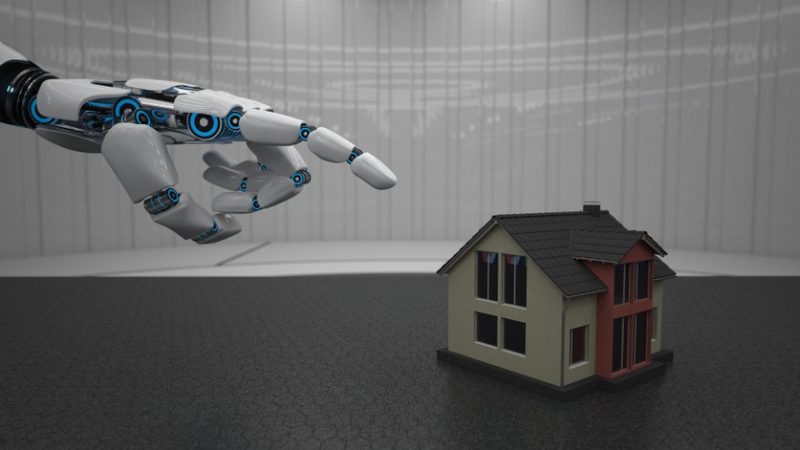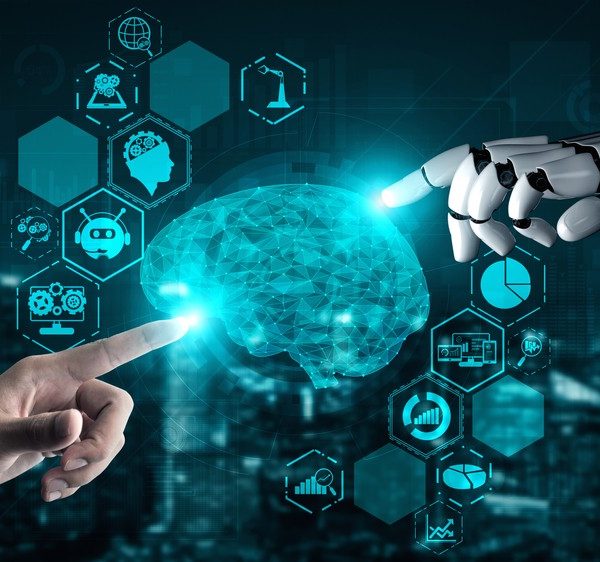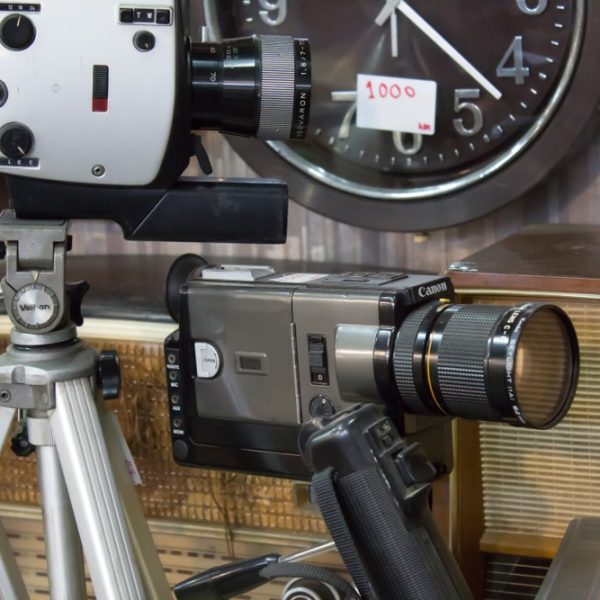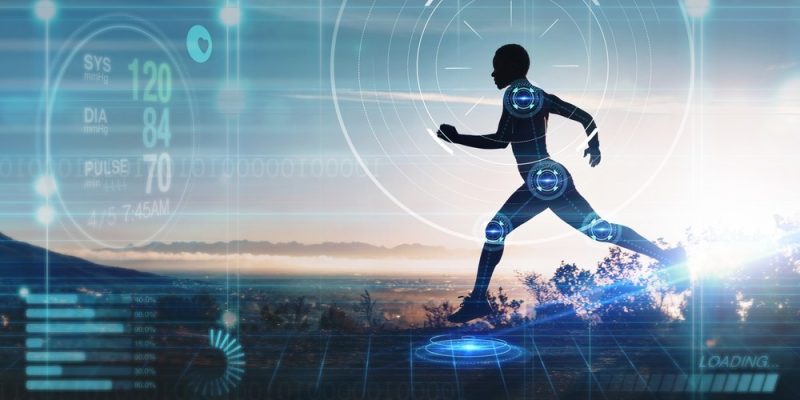
Application of Artificial Intelligence in Sports
Artificial intelligence (AI) has emerged as a game-changer in the sports industry. With its ability to analyze vast amounts of data and identify patterns, AI is transforming the way teams train, strategize, and compete. In fact, the AI segment in sports is projected to reach a staggering value of 19.2 billion dollars by 2030. Let’s explore the potential applications of AI in sports and its benefits.
Improved Player Performance and Training
One of the most practical applications of AI in sports is its ability to analyze data and identify patterns. Coaches and teams can use this information to develop training programs that are tailored to the needs of individual players. For example, AI can analyze an athlete’s biomechanics and suggest changes to improve their performance. Virtual reality environments created using AI can also be used to simulate game situations, allowing athletes to train in a safe and controlled environment.
Read Also: AI in Fitness: Top Personal Trainers
Enhanced Strategic Decision-Making
AI can also help teams make better strategic decisions. By analyzing data on opponents’ strengths and weaknesses, teams can identify areas where they can gain an advantage. AI-powered predictive analytics can also help teams make decisions on in-game situations like play calling and substitutions.
Improved Scouting and Player Personnel Decisions
AI has also been used to enhance scouting processes and improve player personnel decisions. In the NFL, AI is used to analyze game film to identify player tendencies and areas for improvement. In Major League Baseball, teams use AI to evaluate players’ strengths and weaknesses to make better personnel decisions.
Saving Time and Money
Another benefit of using AI in sports is its ability to save teams time and money. Coaches can use AI-powered tools to analyze game film and reduce the time required for film review. Additionally, custom training programs created using AI can save time and resources while providing athletes with tailored training.
Read Also: 19 Helpful Uses of AI at Home: Save Time & Money
Leveling the Playing Field
AI has the potential to help smaller teams compete with larger teams by providing access to the same data and tools that more prominent teams have. This can help level the playing field and create a more competitive landscape in sports.
Using Predictive Modeling to Improve Player Performance in Sports
As the sports industry becomes increasingly data-driven, coaches and managers are turning to predictive modeling to gain a competitive edge. Predictive modeling is a form of artificial intelligence (AI) that uses machine learning algorithms to analyze data and make predictions about future events. In sports, this technology can be used to analyze player performance and make informed decisions about strategy, rotations, and acquisitions.
Identifying Players at Risk of Injury or Underperformance
One of the primary applications of predictive modeling in sports is to identify players who may be at risk of injury or underperformance. By analyzing data about past injuries, disciplinary records, and performance metrics, AI can develop models that predict the likelihood of future injury or subpar performance. Coaches and managers can then use this information to make informed decisions about player rotations and training programs, minimizing the risk of injury and optimizing performance.
Spotting Players with Breakout Potential
Another important use of predictive modeling in sports is to identify players who may have breakout seasons. By analyzing data about past performance, player statistics, and team dynamics, AI can identify patterns that suggest a player is poised for a breakout year. This information can be used by teams to make trades or signings that strengthen their roster and give them a competitive edge.
Using Machine Learning to Build Predictive Models
To build predictive models of player performance, AI relies on machine learning algorithms that can analyze large amounts of data and identify patterns and trends. These algorithms can be trained on historical data about player performance, injuries, and team dynamics, allowing them to make accurate predictions about future events.
Read Also: Machine Learning: A Beginner’s Guide
Predictive modeling can be used to answer a wide range of questions about player performance, including:
- How likely is a player to get injured?
- How likely is a player to underperform?
- How likely is a player to have a breakout season?
By providing coaches and managers with this information, predictive modeling can help teams optimize their performance, reduce the risk of injury, and gain a competitive edge.
Using AI to Analyze Game Footage: Identifying Patterns and Boosting Performance
In today’s sports industry, the use of artificial intelligence (AI) has become increasingly popular. With the ability to analyze game footage, AI has transformed the way teams and athletes approach training and gameplay.
Analyzing Game Footage: Identifying Patterns and Trends
By utilizing machine learning algorithms, AI can be used to identify and track specific players or objects on the field. This allows teams to gain a better understanding of player movement and the flow of the game. Analyzing game footage can help teams identify patterns and trends they may not have been aware of. This knowledge can then be used to make better strategic decisions during games, giving them a competitive edge.
Evaluating Player Performance
AI can also be used to evaluate player performance. By analyzing metrics such as speed, accuracy, and reaction time, teams can identify which players are performing well and which ones need improvement. This information can be used to create personalized training programs and make adjustments to gameplay strategies.
Personalized Training Programs
Athletes are now using AI to create personalized training programs that are tailored to their specific needs. By analyzing data such as heart rate, sleep patterns, and nutrition, AI can provide valuable insights into an athlete’s physical condition. This information can be used to create a customized training program that maximizes an athlete’s potential.
AI can also monitor an athlete’s progress and provide feedback. By tracking an athlete’s performance over time, AI can make adjustments to the training program and provide real-time feedback to improve performance.
The Benefits of AI in Sports Training
The benefits of using AI to help athletes train are numerous. Firstly, personalized training programs can lead to improved performance. By focusing on an athlete’s strengths and weaknesses, training can be tailored to improve specific skills, resulting in better performance on the field.
Secondly, using AI in training can help reduce the risk of injury. By analyzing an athlete’s physical condition and movement patterns, AI can identify areas of weakness and provide guidance on how to avoid injuries.
Lastly, AI can help athletes recover more quickly from injuries. By monitoring an athlete’s progress during recovery, AI can make adjustments to the training program, providing the athlete with the best chance of a speedy recovery.
Revolutionizing Sports Equipment with AI Technology
Sports equipment has come a long way since the early days of sports, with manufacturers always looking for ways to improve their products. One such way is by incorporating Artificial Intelligence (AI) into the design and functionality of sports equipment. By doing so, companies are creating sports equipment that is more accurate, more powerful, and better suited to individual athletes’ needs. Let’s take a look at some examples of sports equipment that has been improved by AI technology.
Improved Sports Equipment
Adidas and Wilson are two examples of companies that have developed sports equipment using AI. Adidas has developed a soccer ball that uses AI to adjust its flight path, improving accuracy. Wilson has created a tennis racket that uses AI to help players hit the ball with more power and precision. These are just two examples of how AI has improved sports equipment.
Golf clubs are another example of sports equipment that has been improved by AI technology. They use sensors to track the user’s swing, adjusting the swing weight to suit the individual user’s preferences. Running shoes have also been developed that can automatically adjust the amount of cushioning based on how tired the user is. By monitoring the user’s movement and heart rate, the shoes adjust the amount of cushioning to prevent injury.
Bicycles have also been improved by AI, with the ability to calculate the most efficient route based on the user’s destination using GPS and traffic data. By incorporating AI into sports equipment, athletes can train more effectively, improving their performance.
Preventing Injuries
Injuries to athletes can be costly for both the player and the team. With players missing significant amounts of time due to injury, the team may have to pay their salary while they are out, and they may lose money if the player is not able to play in games. To prevent these costly injuries, many teams are now using AI to monitor player health.
The Chicago Cubs use AI to track player fatigue levels, while the Cleveland Indians use AI to monitor players’ sleep patterns. These systems help identify players who are at risk of injury and prevent them from getting injured. The Seattle Seahawks have developed software that uses machine learning to identify players who are at risk of injury, which can be used to make decisions about player rotations and game strategy. Additionally, the NFL is using AI to develop a system that can identify concussions, improving player safety.
Read Also: AI in Home Care: How is it Used?
Scouting and Recruitment
Teams are now using AI in their scouting and recruitment processes. Everything that happens on the field of play is tracked, with teams amassing terabytes of data. Computer vision in sports is used to track players’ movements and the orientation of their bodies during play, enabling teams to make data-driven decisions.
For example, in soccer, labeling data with a keypoint skeleton tool and training the model can allow it to track and predict players’ movements. By incorporating AI into scouting and recruitment, teams can make better decisions about player acquisitions and improve their performance on the field.
Conclusion
AI has revolutionized the sports industry by improving sports equipment, preventing injuries, and aiding scouting and recruitment. With AI technology constantly improving, we can expect to see even more advancements in sports equipment and player safety in the years to come. As the saying goes, “practice makes perfect,” and with the help of AI, athletes can train more effectively and perform at their best on the field.

